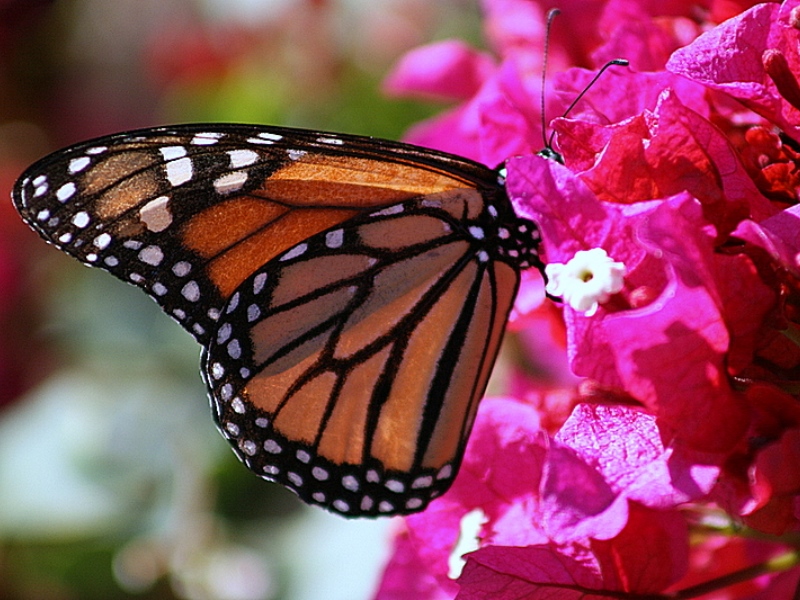Monarch Butterflies Take Flight in Migration to Mexico as Population Plummets
According to a report from the Statesman Tribune, millions of the butterflies will begin a 3-month migration from Canada, through the United States, and deep into the forests of Mexico.
Monarch butterflies may not be the most effective pollinators among their kind, but Bowell said these insects are the ones that most people recognize. The monarch butterfly lovers were welcomed by the director of preserves and programs at the Little River Wetlands Project, Betsy Yankowiak. The estimated monarch butterfly population has declined by nearly 20 fold, from one billion in 1997 to just 56.6 million today.
More than that, the Ohio nature center has set up the First Annual Monarch Butterfly Celebration, an event meant to raise people’s awareness on how important the monarch butterflies are, as well as what threatens their lives every day.
The nature center hopes that raising awareness for the monarchs’ decline will lead to a broader awareness regarding the fate of other pollinators that are also facing population decline.
During the festival, volunteers were excited to give away 500 milkweed plants where they also planted the same amount in the marsh where the butterflies will come to rest and feed, approved as a Monarch Waystation by the Monarch Watch.
Monarch butterflies make this trip once a year, but reports show that their population numbers are seriously threatened.
Families attending the celebration were encouraged to learn more by interacting with free-roaming butterflies in a controlled environment. Rebbeca Riley, an attorney at the National Defense Council expressed concern in a press release that the population of these butterflies has declined by over 90 percent. The butterfly tent that was installed also offered lessons for the attendees on how to tag-track butterflies.
Local wildlife organizations in the United States have initiated various forms of conservation efforts to prevent the further decrease in the number of monarch butterflies in the country. The U.S. Fish and Wildlife Service is even taking note of this and could possibly listing them as an endangered species. Crops are genetically modified by Monsanto to be Roundup Ready and survive Glyphosate, which destroys weeds, including milkweed, leaving the Monarch larvae (caterpillar) without a food source. Many organizations concerned with the declining population of the monarchs are now working in tandem to collect the milkweed seeds during fall and sow them in different regions. Ferguson says that no native butterfly of any species will lay their eggs on it.












